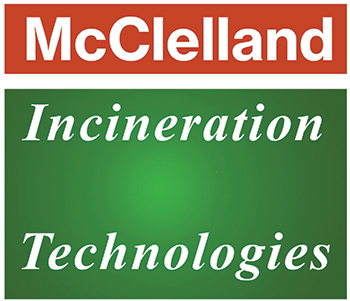 Introduction
Introduction
In the realm of waste management, proposed incinerator projects often raise concerns among local communities.
From fears about air pollution to worries about property values, residents and stakeholders may have valid questions regarding these facilities.
Addressing concerns and fostering open dialogue is essential for building trust and transparency around industrial incinerator projects.
In this article, we explore the importance of community engagement and outline key strategies for effective communication.
For more insights on advanced incinerator solutions, visit www.mcclellandindia.com — a leading industrial incinerator supplier in India, based in Mumbai, with projects across Gujarat, Maharashtra, and nationwide.
Understanding Community Concerns
Effective community engagement begins with understanding the concerns and priorities of local residents and stakeholders.
Key approaches:
✅ Hosting public meetings
✅ Conducting community surveys
✅ Soliciting direct feedback
These efforts provide valuable insights into:
✅ Community perceptions of the project
✅ Environmental concerns
✅ Public health considerations
✅ Local social and economic priorities
Transparent Communication
Transparency is critical to building trust and credibility with the community.
Developers should proactively share:
✅ Project details → proposed site locations, facility design
✅ Emissions control measures → technologies to ensure air quality
✅ Regulatory compliance efforts
✅ Potential environmental impacts and mitigation strategies
Open, honest communication helps address misconceptions and fosters a shared understanding of the project’s goals and safeguards.
Inclusive Stakeholder Involvement
Engaging a diverse range of stakeholders is key to building inclusive decision-making.
Stakeholders to engage:
✅ Local residents
✅ Community groups
✅ Local businesses
✅ Environmental organizations
✅ Local government representatives
Advisory committees or working groups can be formed to facilitate meaningful dialogue and ongoing collaboration throughout the project lifecycle.
Addressing Environmental and Health Concerns
Community members often have concerns about:
✅ Air emissions
✅ Health risks
✅ Environmental impacts
Developers should provide:
✅ Accurate, evidence-based information
✅ Details on emissions control technologies
✅ Results from air quality monitoring
✅ Outcomes of health risk assessments
Collaboration with independent experts and regulatory agencies enhances credibility and supports rigorous environmental assessment.
Mitigating Socioeconomic Impacts
Beyond environmental considerations, incinerator projects can have socioeconomic impacts, including:
✅ Job creation
✅ Economic development
✅ Effects on property values
Engagement strategies:
✅ Understand community needs and priorities
✅ Explore community benefit agreements
✅ Support workforce development initiatives
✅ Implement community reinvestment programs
These efforts can help maximize positive impacts and address potential drawbacks.
Long-Term Engagement and Accountability
Community engagement should not end once a project is approved or operational.
Best practices for ongoing engagement:
✅ Regular community meetings
✅ Newsletters with project updates
✅ Online forums for transparent dialogue
✅ Feedback mechanisms for addressing emerging concerns
Ongoing communication builds lasting trust and supports responsive, responsible project management.
Conclusion
Effective community engagement is a cornerstone of responsible incinerator development and operation.
By:
✅ Listening to community concerns
✅ Communicating transparently
✅ Fostering meaningful collaboration
→ developers can build trust, address potential impacts, and create shared value for all stakeholders.
Together, we can ensure that incinerator projects are implemented in ways that promote:
✅ Environmental sustainability
✅ Public health
✅ Community well-being
To learn more about responsible incinerator solutions, connect with Mc Clelland Engineers Pvt. Ltd. — India’s trusted partner in advanced, community-focused incinerator technologies.

